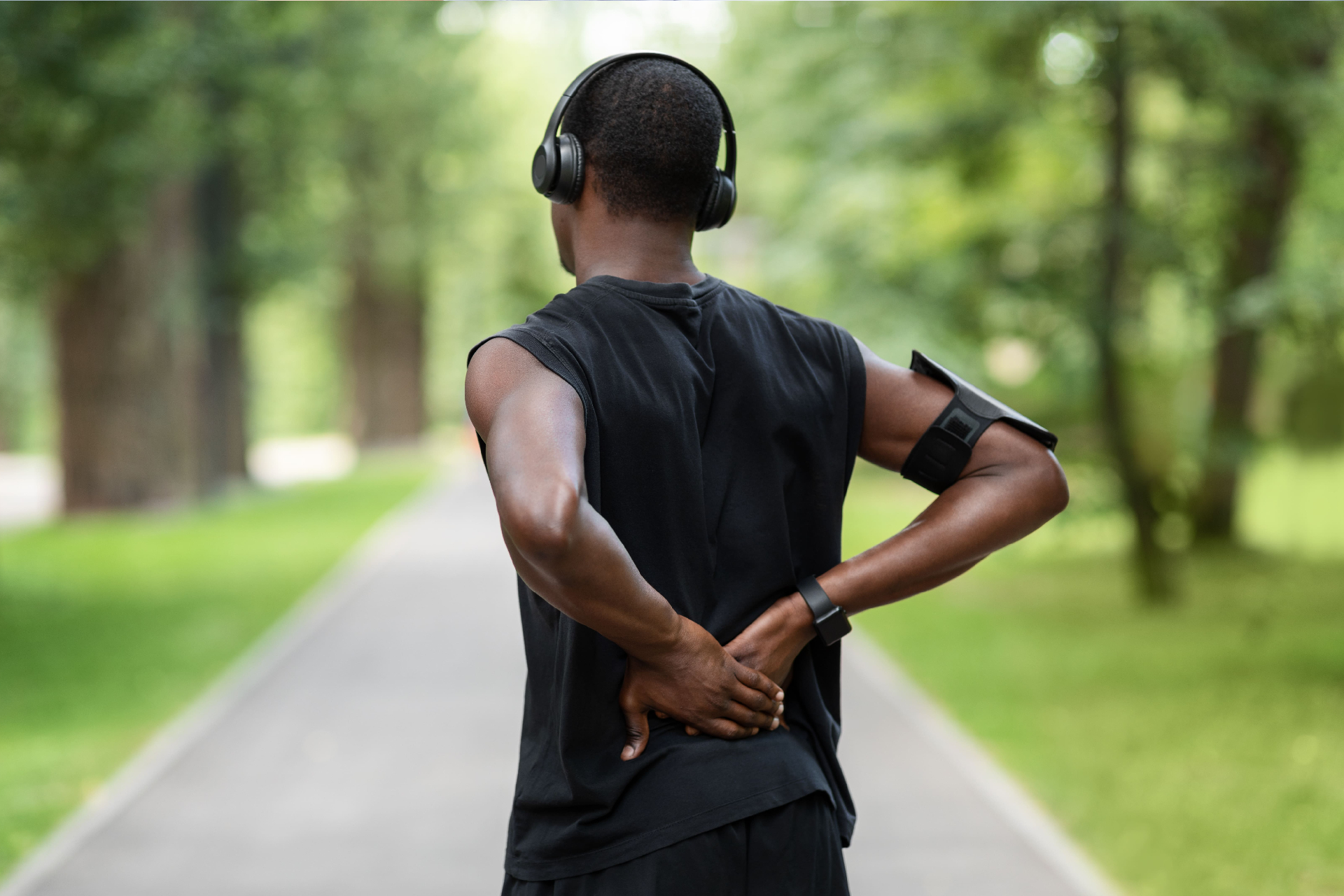Yes, you can play some sports with a herniated disc, but you may need to stop some high impact sports and activities for a time to let your spine recover. If the sport causes you to experience pain from the herniated disc, you should not return to that sport until you heal.
Sports That Should Be Avoided When Suffering From A Herniated Disc Injury
Any sport that places an axial load on your spine should be avoided while you have an acute disc herniation. What is axial loading? Axial loading is a force that compresses the spinal discs. If you carried a heavy weight on your head, you would have a high axial load. Sports that require a lot of deep bending of the spine should also be avoided.
Sports that should be avoided when suffering from a herniated disc injury include (but are not limited to):
- Basketball
- Tennis/Pickleball
- Volleyball
- Gymnastics
- Cheerleading
- Yoga using poses/asanas that stress spine
- Weightlifting (especially heavy lifting, squats, leg presses, military presses)
- Football
- Rugby
- Running/Jogging
- Golf
- Diving
- Bowling
- Any other “high impact” sport or exercise
Sporting Activities That you Can Play With A Herniated Disc Injury
Not all sports must be avoided when you have a herniated disc. In fact, exercise can help the body heal. Low impact, aerobic exercises that do not stress or strain the back are often recommended by spine surgeons and other medical professionals during herniated disc recovery.
If your doctor allows them, exercises you can do with a herniated disc injury include (but are not limited to):
- Walking
- Water aerobics
- Biking on flat terrain or on a stationary bike
- High repetition, low weight exercises (e.g., resistance bands)
- Swimming
- Other “low impact” exercises
What are the Risks of Playing Sports with Herniated Discs?
The main risk of playing sports with a herniated disc is that the herniation will get worse. Once a spinal disc has herniated, additional forces on the spine cannot only cause pain and other symptoms, but more of the disc can herniate (push out) and compress nerves, nerve roots, and even the spine itself. Returning to sport too early after an acute back injury can delay healing and even cause long-term damage to your back and spine. You may not realize it, but you may hold or move your body differently in response to pain or to avoid it. This can strain and even injure your muscles and soft tissues (like performing a weightlifting technique incorrectly).
Avoid Further Injury To Your Back During Sports Activities
The best way to avoid further injury to your back after a disc herniation is to give yourself time to heal. This usually means taking some time off from a high impact sport. Most people will need about one to two weeks of “relative rest” after an acute injury. Relative rest is not resting on a couch, but reducing your activity relative to what you did before the injury, e.g., switching from high impact aerobics to water aerobics.
It may be safe to return to sport if:
- Your pain is fully or almost fully gone
- The range of motion in your neck or low back is normal or almost normal
- Your core and spine muscles have regained their tone and strength
- You have the same physical fitness/endurance you had before the herniated disc
Treatment Options For Athletes With Herniated Disc
A small number of people with acute disc herniations need emergency medical attention for their herniation.
Specifically, seek medical attention immediately if you experience any of the following:
- Numbness around the groin and/or anus (i.e., saddle anesthesia)
- A loss or bowel or bladder control
- Numbness/tingling/shooting pain in both arms or legs
- Severe pain that will not go away
- Pain or other symptoms that seem to be getting worse
- Weakness that makes it difficult to lift objects, walk normally, or rise from a seated position
Most people will not have these “red flag” signs and can be successfully treated with conservative therapy. Conservative therapy for a herniated disc is three to six weeks of relative rest and non-opioid pain medications. After that, most patients benefit from a short period of physical therapy and, perhaps, steroid injections.
Herniated disc pain that lasts for 6 weeks or more may need to be treated with spine surgery. Surgical treatments for herniated discs include discectomy, foraminal decompression, disc fusion, or artificial disc replacement.
Conclusion
While it can be difficult for competitive, elite, and professional athletes to leave the filed of play due to injury, in some cases, it is the wise choice. Continuing to play certain sports after an acutely herniated disc risk further damaging the spine, neck, and low back. That said, certain exercises can be quite beneficial for people with herniated discs, especially after a period of relative rest. Most people find relief from conservative herniated disc treatments, but those who develop chronic back pain may need artificial disc replacement or, as a last resort, spinal fusion surgery.







